Essential Top 25 Types of Digital Marketing: Exploring the Strategies and Tactics
Updated: 02 May 2024
26
Digital marketing is crucial to the business strategy of today’s rapid-paced, interconnected world. With the help of numerous channels and techniques, companies can use diverse digital marketing strategies to connect with their intended consumers effectively.
In this article, we explore the different types of digital marketing and shed light on their distinct traits and benefits. Suppose you’re a business owner, marketer, or aspiring digital enthusiast.
Top 25 Types of Digital Marketing
These strategies provide a wide variety of possibilities for companies to reach their audience of choice, increase brand recognition, and accomplish their goals within the digital world.
1. Search Engine Optimization (SEO):
SEO involves optimizing a website’s content and structure to improve its visibility and organic search engine rankings. It aims to attract targeted traffic by appearing higher in search engine results.
2. Search Engine Marketing:
SEM refers to paid advertising on search engine results pages. It includes running pay-per-click (PPC) campaigns, bidding on keywords, and displaying ads to users searching for relevant terms.
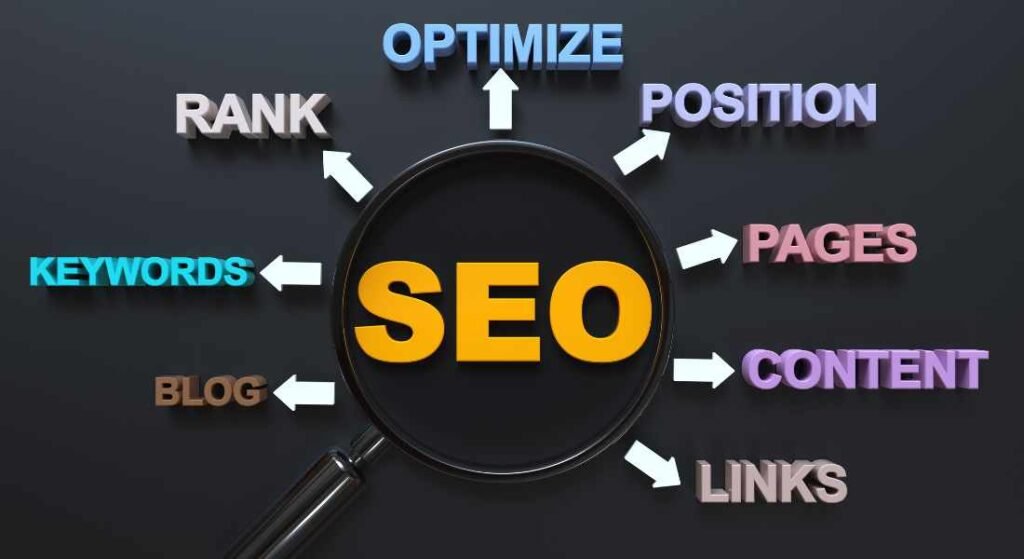
3. Social Media Marketing (SMM):
SMM utilizes social media platforms to connect with the target audience, build brand awareness, and promote products or services through organic and paid content.
4. Marketing communications:
MarCom is crucial to any successful marketing strategy. It encompasses all the tactics and channels businesses use to deliver their marketing messages to their target audience. Marketing communications include various elements such as advertising, public relations, sales promotions, direct marketing, and personal selling.
5. Content Marketing:
Marketing focuses on creating and distributing valuable, informative, and catching content to attract and retain the target audience. It aims to establish the business as a trusted authority and drive conversions.
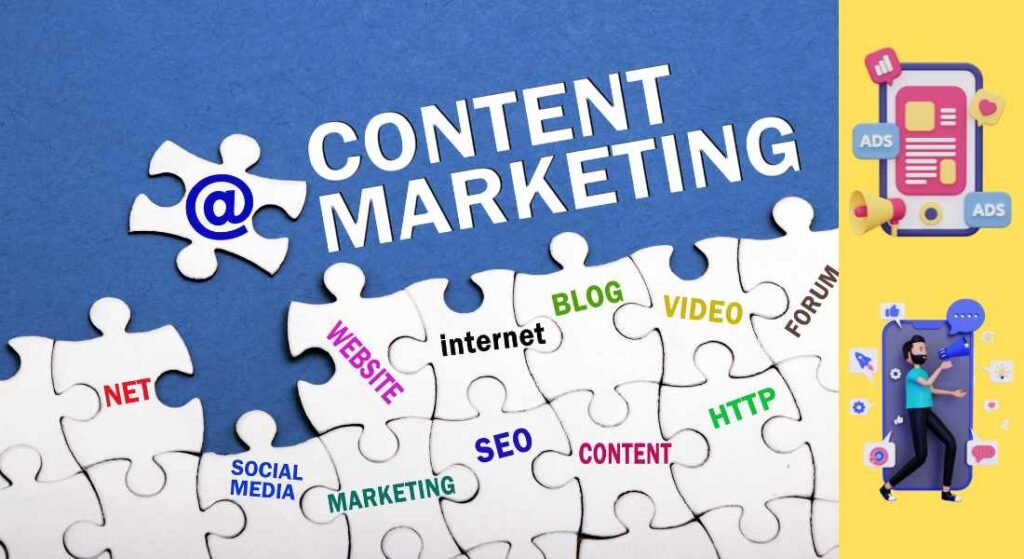
6. Email Marketing:
Email marketing involves sending targeted messages and promotional content directly to a subscriber’s inbox. It is effective for nurturing leads, building customer relationships, and driving conversions.
7. Pay-per-click (PPC):
PPC is an online advertising platform where advertisers invest each time their ad clicks. It’s commonly associated with search engine advertising, where advertisers pay for keywords relevant to their target audience.
8. Influencer Marketing:
Influencer marketing involves partnering with influential individuals on social media to promote products or services. Businesses leverage the influencer’s reach and credibility to expand their audience.
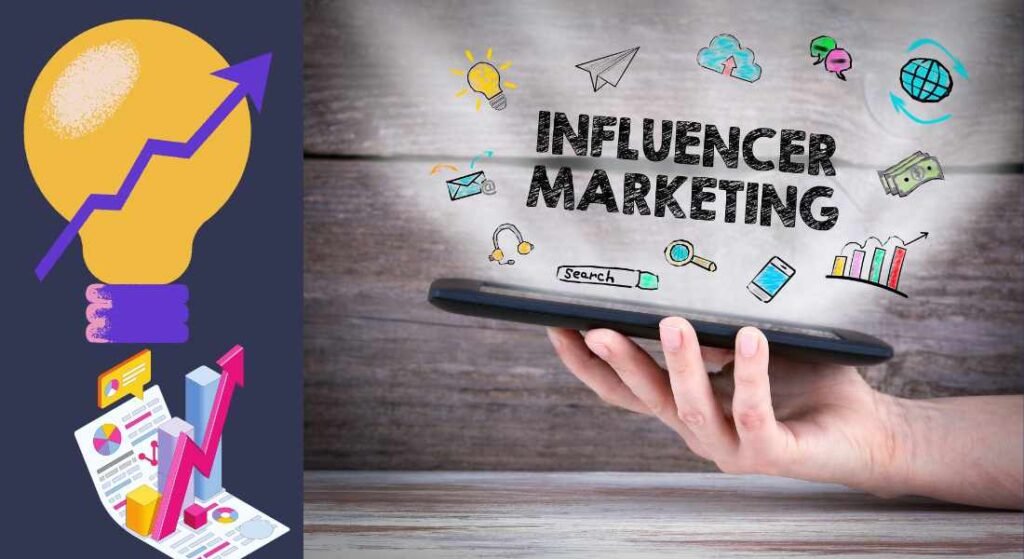
9. Affiliate Marketing:
Affiliate marketing is a performance-based strategy where businesses collaborate with affiliates who promote their products or services on their platforms. Request a product to earn a commission for each successful referral or sale.
10. Point and click:
Point and click refer to the user interface interaction in which users select an object or area on a screen with a pointing device (such as a mouse) and then click to act. It’s commonly used in website navigation or interactive applications.
11. Mobile Marketing:
Mobile marketing targets users on their mobile devices, including smartphones and tablets. It includes tactics like mobile app advertising, mobile-friendly website design, SMS marketing, and location-based marketing.
12. Video Marketing:
Video marketing utilizes content to engage and captivate the audience. Videos can be shared on social media platforms or websites to promote products, services, or brand messages.
13. Display Advertising:
Display advertising involves placing banner or image ads on websites, apps, or other digital platforms to increase brand visibility and generate clicks or conversions.
14. Marketing automation:
Marketing automation involves using software platforms to automate repetitive marketing tasks and workflows. It streamlines email marketing, leads nurturing, social media scheduling, and customer segmentation, allowing businesses to scale their marketing efforts more efficiently.
15. Native Advertising:
This advertising matches the platform’s form and function, providing a seamless and non-disruptive ad experience. It blends with the content of the website or app.
16. Remarketing/Retargeting:
Remarketing or retargeting displays targeted ads to audiences who have previously visited a website or interacted with specific content. It helps re-engage potential customers and increase conversions.
17. Display advertising:
Display advertising refers to visual advertisements (such as banners, images, or videos) placed on websites or mobile apps to promote products, services, or brand awareness. These ads can be specific demographics or displayed based on user behaviour or interests.
18. Online PR (Public Relations):
Online PR manages a brand’s reputation through digital platforms, including press releases, media coverage, influencer collaborations, and online events.
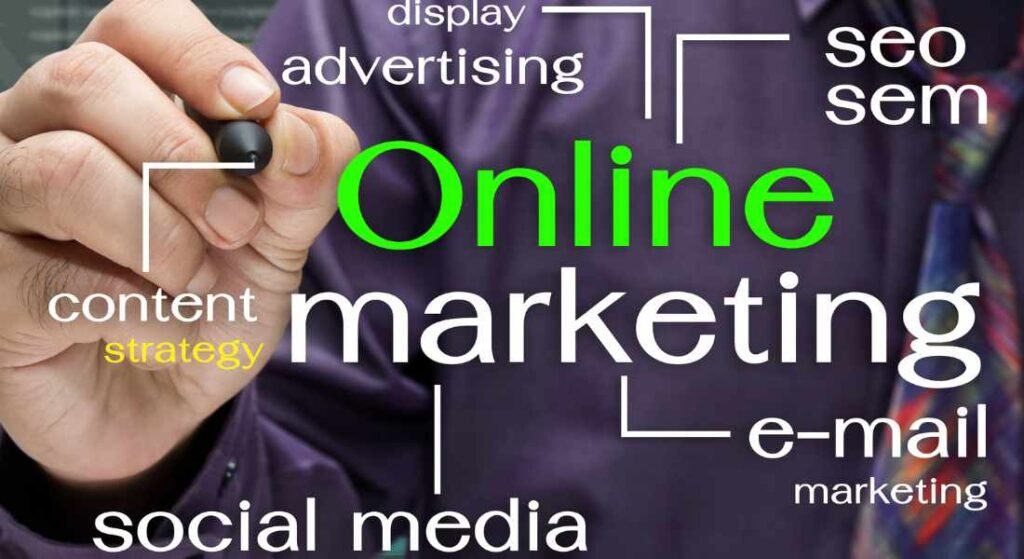
19. Social Media Advertising:
Social media advertising involves running paid ads on SM platforms to reach a targeted audience, increase brand awareness, and drive website traffic or conversions.
20. Viral marketing:
This marketing strategy aims to create content shared rapidly on social media. It usually relies on engaging content, using social media and word-of-mouth to reach a large public quickly.
21. Voice Search Optimization:
Voice search optimization focuses on optimizing content to appear in voice search results. It involves understanding and incorporating natural language queries and long-tail keywords.
22. Podcast Advertising:
Podcast advertising involves promoting products or services through sponsorships or ads during podcast episodes. It allows businesses to reach highly engaged audiences.
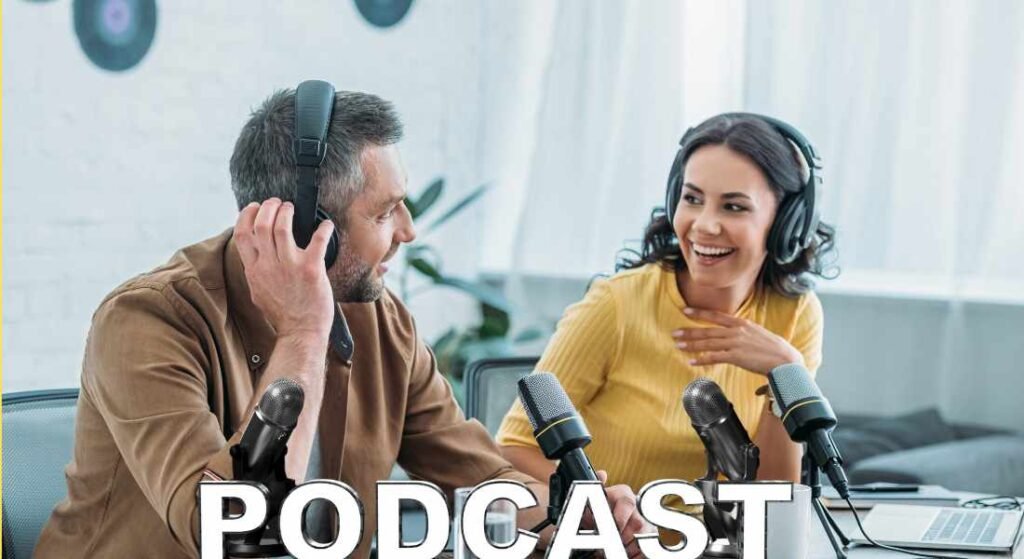
23. Augmented Reality (AR) Marketing:
AR marketing uses technology to overlay digital elements in the real world, providing immersive and interactive experiences for users. It can be used for product demonstrations, virtual try-ons, and more.
24. Virtual Reality (VR) Marketing:
VR marketing creates simulated environments to engage users and provide unique brand experiences. It is particularly effective for the real estate, tourism, and gaming industries.
25. Chatbot Marketing:
Chatbots use Artificial Intelligence (AI) to interact with users and provide automated responses. They can assist customers with queries, help users navigate the sales process, and give individualized suggestions.
Conclusion
In conclusion, demystifying the world of digital marketing opens up tremendous opportunities for businesses to thrive online. This exploration has shed light on strategies like SEO, Search engine marketing, social media marketing, content creation, and email campaigns. Understanding these strategies empowers businesses to navigate the digital realm confidently.
Please Write Your Comments